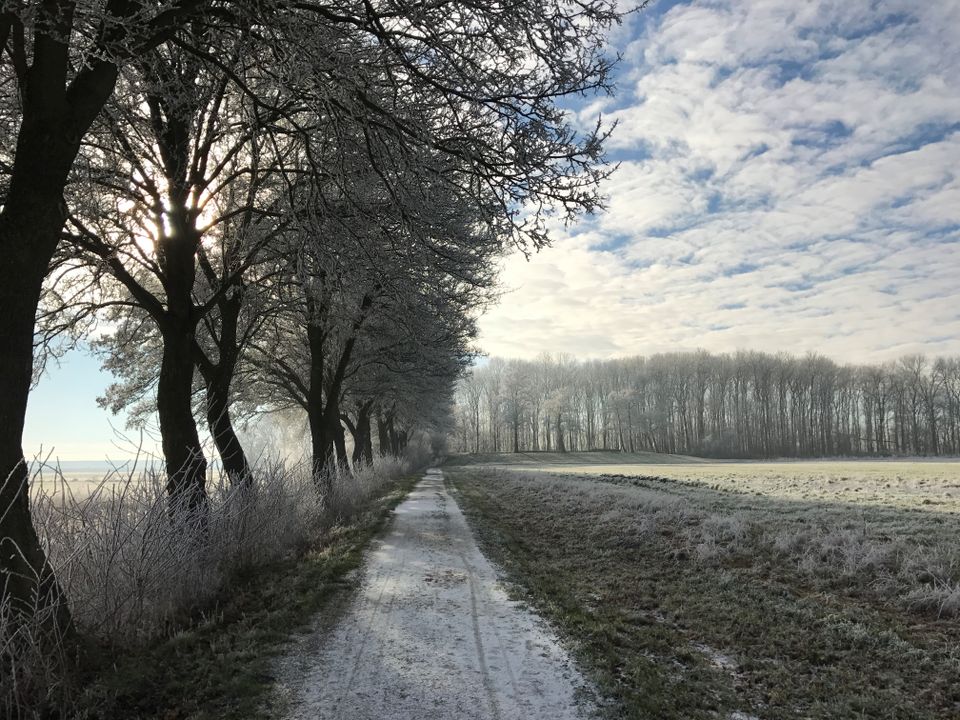
After the Noordoostpolder was drained, almost all of the land was devoted to agriculture. The soil of the Schokkerbos (ca. 85 ha) consists of clay, boulder clay and peat. This varied soil was not good for agriculture, which allowed it to be left to grow naturally. This opportunity was augmented by digging trenches in the hard ground when planting trees. These trenches provided space for plants to grow that like damp environments, like ferns and mosses.
The Schokkerbos grew on top of soil consisting of peat, boulder cla…
After the Noordoostpolder was drained, almost all of the land was devoted to agriculture. The soil of the Schokkerbos (ca. 85 ha) consists of clay, boulder clay and peat. This varied soil was not good for agriculture, which allowed it to be left to grow naturally. This opportunity was augmented by digging trenches in the hard ground when planting trees. These trenches provided space for plants to grow that like damp environments, like ferns and mosses.
The Schokkerbos grew on top of soil consisting of peat, boulder clay and clay covering 85 hectares and is located down the west side of the island of Schokland. The wood is around 50 years old and consists primarily of ash, oak and conifers. Boulder clay and peat are responsible for an uneven and slow growth of the wood. For ferns, fungi and mosses, this was particularly favourable: experts have found 75 varieties of moss as well as over 350 species of fungi, 30 of which are rare to extremely rare. The wood is isolated from other wooded areas, but typical forest plants are nevertheless evident, like the wild honeysuckle. Animals living in the wood include birds of prey like hawks, buzzards, sparrowhawks and long-eared owls, and many songbirds and deer. Special den boxes have been hung near De Gesteentetuin for the pine marten. In the Schokkerbos there is a visitors’ centre at De Gesteentetuin, which will make your visit worthwhile!